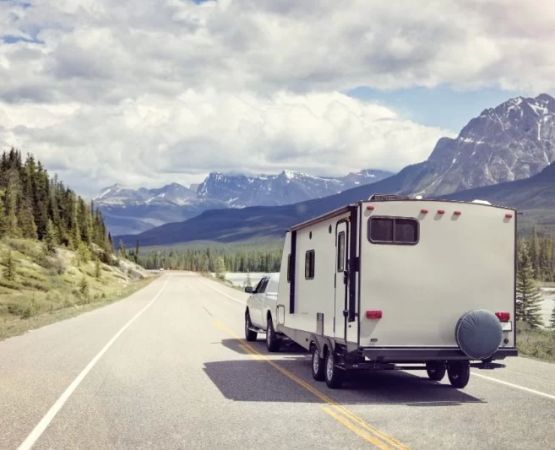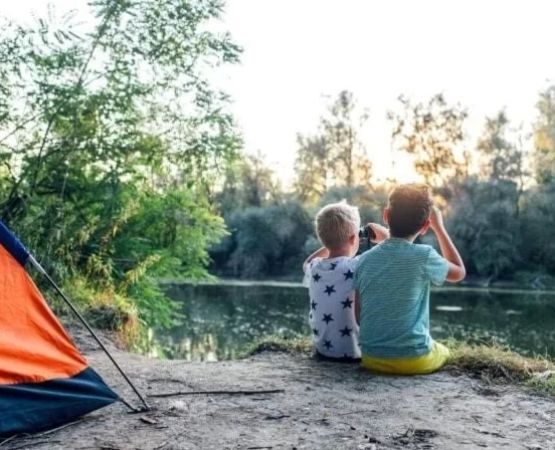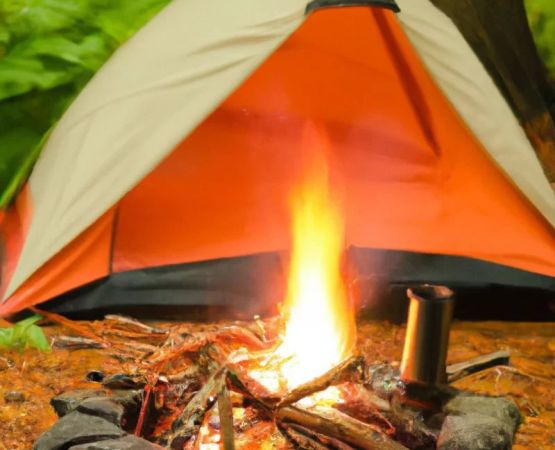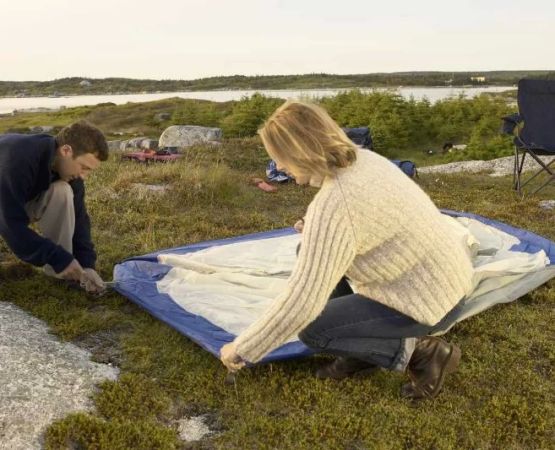What to Do When Camping Near Large Bodies of Water
- 1. Plan for Water Safety: Precautions You Should Take
- 2. Fun Activities to Enjoy Around Large Bodies of Water
- 3. Essential Camping Gear for Waterfront Camping
- 4. How to Protect the Environment When Camping Near Water
- 5. Real-Life Experiences of Camping Near Large Bodies of Water
1. Plan for Water Safety: Precautions You Should Take
Camping near large bodies of water, such as lakes, rivers, or the ocean, can be an unforgettable experience, but it also comes with certain risks. Water safety is crucial when camping in these areas. It’s important to take steps to protect yourself, your family, and your equipment. Start by familiarizing yourself with local conditions, including potential currents, tides, or water levels that can change unexpectedly.
Wear appropriate gear, such as life jackets for boating or swimming, especially if the water is deep or fast-moving. Always swim in designated safe areas, and if you're camping with children, supervise them closely near the water. Additionally, learn basic water rescue techniques and have a first aid kit on hand, as water-related accidents can happen quickly.
2. Fun Activities to Enjoy Around Large Bodies of Water
One of the main reasons people camp near large bodies of water is to take advantage of the many recreational activities available. Depending on your destination, there are numerous fun activities that allow you to fully enjoy the water while camping:
- Fishing: Large lakes and rivers are perfect for fishing, whether you’re an avid angler or just want to try your hand at catching dinner.
- Boating: Whether you prefer kayaking, canoeing, or paddleboarding, large bodies of water offer plenty of opportunities to explore the waters and enjoy the tranquility of nature from a different perspective.
- Swimming: If it’s safe to do so, swimming in a pristine lake or river can be one of the most refreshing experiences. Make sure you’re aware of any water hazards before jumping in.
- Photography: The stunning scenery around large bodies of water, especially at sunrise or sunset, offers fantastic opportunities for photography.
These activities will ensure that you take full advantage of the natural beauty surrounding you, making your camping trip even more memorable.
3. Essential Camping Gear for Waterfront Camping
Camping near water requires some specialized gear to ensure both safety and comfort. Some essential items to bring include:
- Waterproof Tent: If you're camping near water, make sure your tent is waterproof. Depending on your location, sudden rain showers can turn your campsite into a wet mess.
- Portable Cooler: For storing food and drinks during hot days or long days out on the water, a portable cooler is a must-have. It’s especially useful if you’re planning to fish or do other activities that require meals or snacks.
- Water Shoes: Waterproof footwear is essential when camping near water, providing protection against rocks and slippery surfaces. They're also great for any swimming or kayaking activities.
- Water Filtration System: If you're far from a water source, having a reliable water filtration system can ensure you have access to clean drinking water from nearby lakes or streams.
With the right gear, your camping trip near large bodies of water can be both safe and enjoyable, with all the comfort you need to make the most of your adventure.
4. How to Protect the Environment When Camping Near Water
When camping near large bodies of water, it's essential to take steps to protect the environment and preserve the natural beauty of the area. Here are some important tips to follow:
- Leave No Trace: Follow the Leave No Trace principles by picking up all trash, avoiding disturbing wildlife, and staying on marked trails. This ensures that the area remains pristine for future campers.
- Avoid Polluting the Water: Never wash dishes, clothes, or yourself directly in the water. Instead, use biodegradable soaps at least 200 feet away from water sources to prevent contamination.
- Respect Wildlife: Be mindful of local wildlife, and never feed animals. This helps maintain the natural balance and reduces the risk of animals becoming dependent on human food.
By following these simple steps, you can ensure that the environment remains protected and that you and future campers can continue to enjoy the natural beauty of large bodies of water.
5. Real-Life Experiences of Camping Near Large Bodies of Water
Many travelers have shared their experiences camping near large bodies of water, and these stories offer valuable insights into what to expect. For instance, Sarah, an avid camper, shared her experience camping by a large lake in the Adirondacks. She woke up early every morning to watch the mist rise from the water as the sun came up. The peaceful atmosphere and the opportunity to fish and swim made it one of her most memorable trips.
Similarly, Mark and his family camped near a river in Oregon and enjoyed kayaking, fishing, and swimming during their stay. They found the experience particularly special because the campsite had direct access to the water, allowing them to enjoy the river’s beauty right from their tent. However, Mark emphasizes the importance of checking the water’s current and temperature, especially when swimming or boating with young children.
These real-life experiences show that camping near large bodies of water can offer a unique and rewarding experience, with plenty of opportunities for relaxation and adventure. However, proper planning, awareness, and the right gear are essential for a safe and enjoyable trip.






